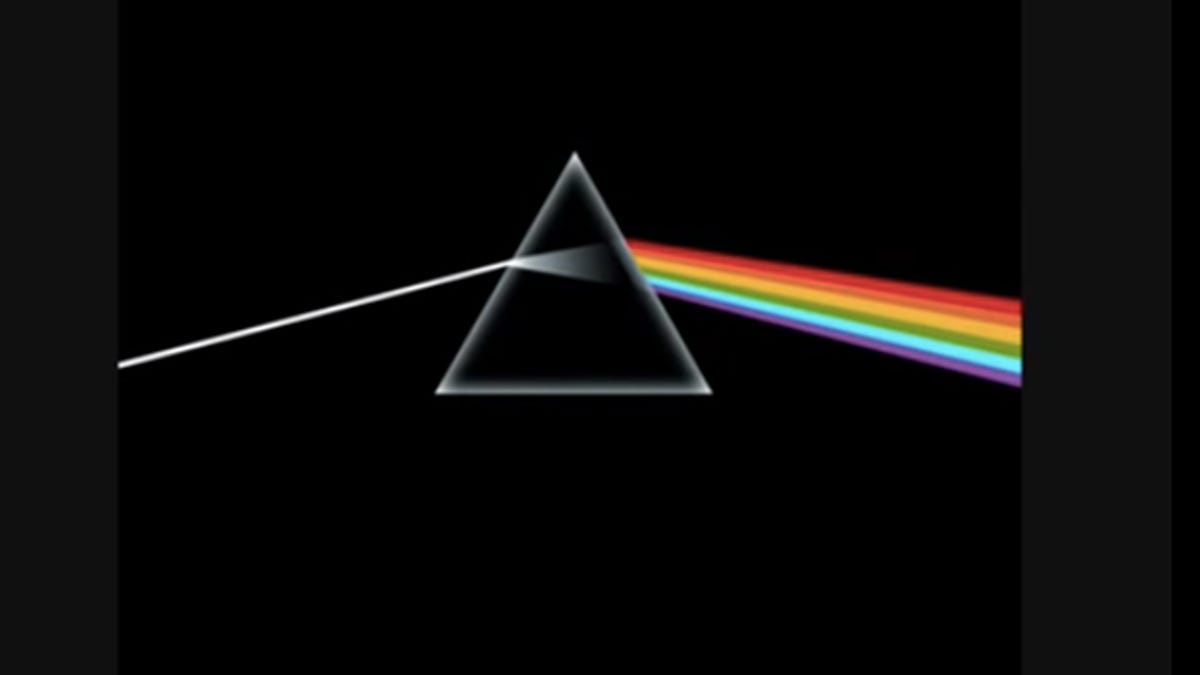Brain damage: The dark side of the moon is turquoise
Scientists set up equipment in Hawaii to discern the true hue of the dark side. They say that blue light reflected from Earth turns turquoise when it bounces off the moon.

There is little worse than spoiling a fantasy, especially one that is garlanded with chilly suspicion and a touch of wonder.
But science is now our great dictator, so I have to bring you the cheery news: science says that the dark side of the moon isn't dark.
I know, I know. You always hoped and imagined that it was populated by strange, ironic creatures who would do everything to keep away from the world's corrupt gaze, sheltering in the shade of their own company.
But now along come some scientists from all over the world who say: "Dark side, my bottom. It's turquoise."
I already see Pink Floyd fans covering their ears and ululating to the moon, not thinking that their favorite band already had the cheery "pink" in its name.
They don't want to listen to the team of international astronomers who set up a telescope and a very fine camera at the Mauna Loa Observatory in Hawaii in a quest to color the world's imagination.
Some believe that there really isn't a dark side of the moon at all. Some refer to it as the far side. Whatever you prefer to call it, it's the one that isn't lit directly by the sun. Instead, it gets light reflected from down here.
Peter Thejll, a senior scientist at the Danish Meteorological Institute in Copenhagen and participator in this study, told the Guardian:
Astronauts standing on the moon and looking up at the Earth described it as a blue marble. Having not been into space myself, I don't know what they meant exactly, but once that blue light strikes the moon's surface, it shifts to a blue-green color. We can call it turquoise.
This was not a conclusion these scientists reached lightly.
They kept taking pictures of the moon. They had to make sure there wasn't some rogue effect being created by light scattered by the moon's brighter side. Flexing their inner Instagram, they used a couple of filters.
Until, that is, they found two images of a crescent moon on the wane that had the same halo. In comparing those two images, then canceled out the halos, in order to examine what they deemed as the true colors shining through.
As far as they were concerned, this was pure chance.
Thejll (I'm fairly sure you don't pronounce his name "teal") explained: "We know how unlikely it is that the halos should cancel out, and yet we found a pair where they did. That says something about the conditions on the night when we took those pictures. Something was unique so the two halos were identical and they cancelled and frankly we don't know why."
Should you not be familiar with Pink Floyd, perhaps their most famous album was called "Dark Side Of The Moon."
Many will remember the line "I'll see you on the dark side of moon" sung wistfully by hordes of long-haired, drug-addled realists. (Fewer will remember that on the last track of the album are the spoken words: "There is no dark side in the moon, really. Matter of fact it's all dark.")
The song from which the "I'll see you on the dark side of the moon" lyric is taken isn't, in fact, called "Dark Side Of The Moon." It's called "Brain Damage."
The song ends: "I can't think of anything to say except...I think it's marvelous! HaHaHa!"

